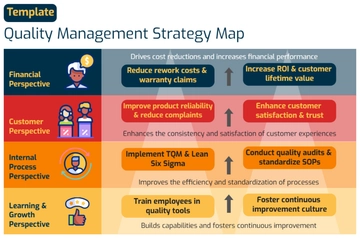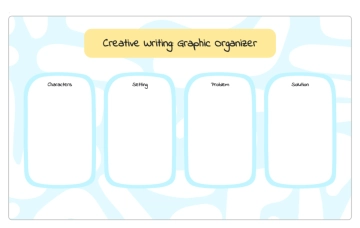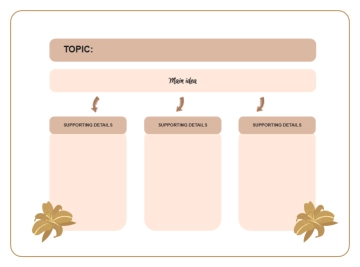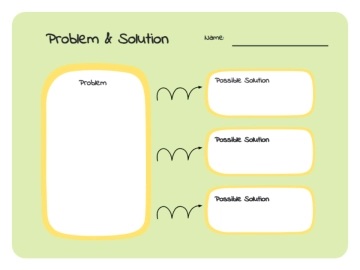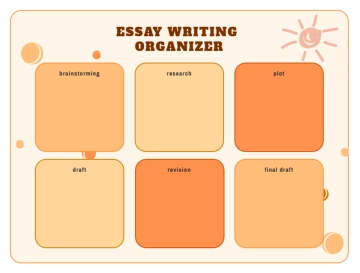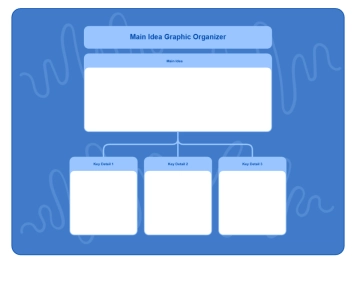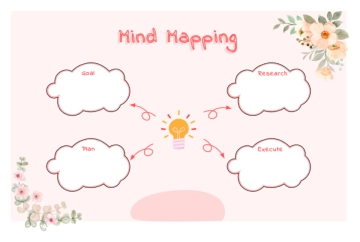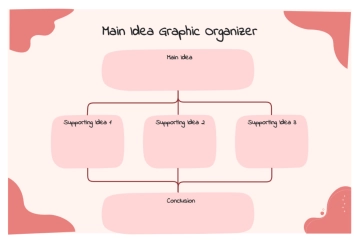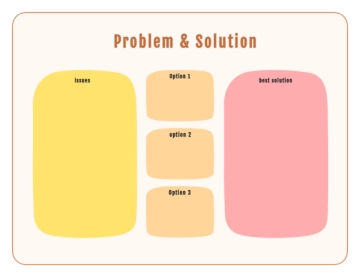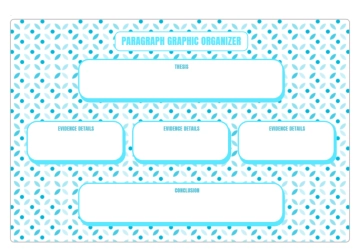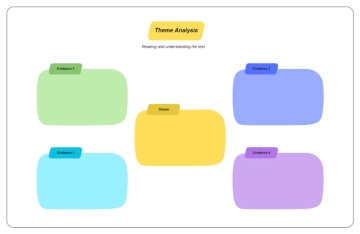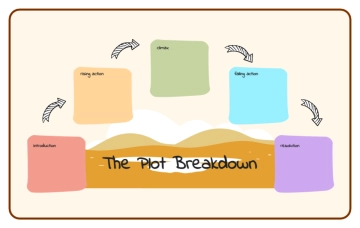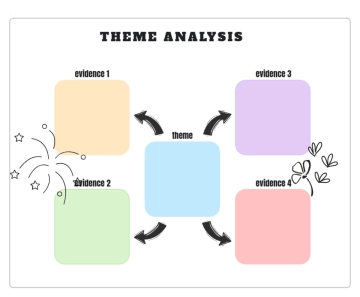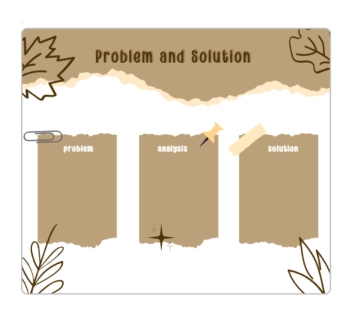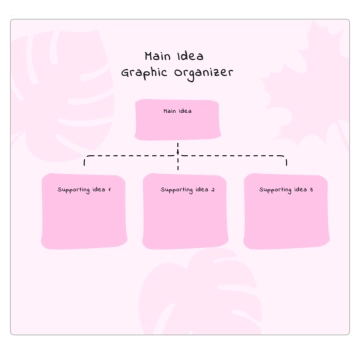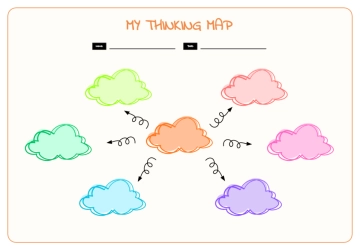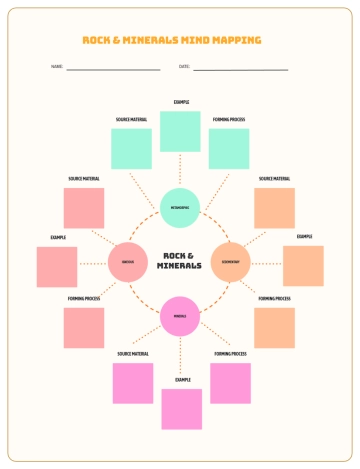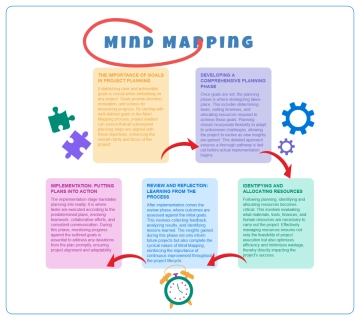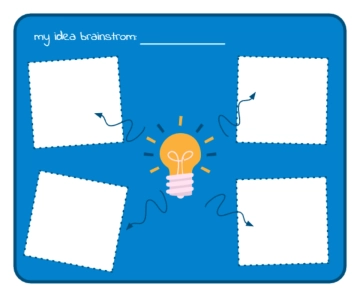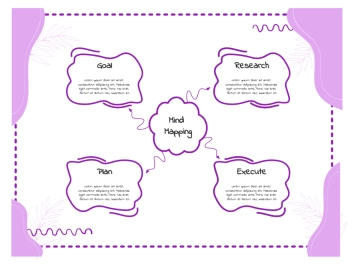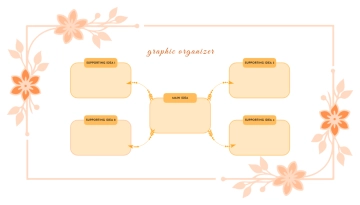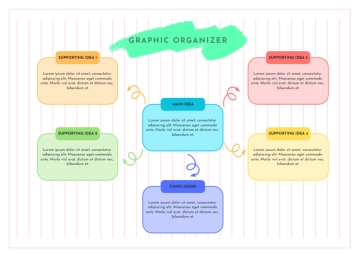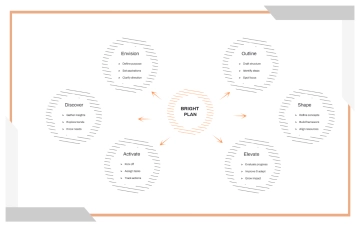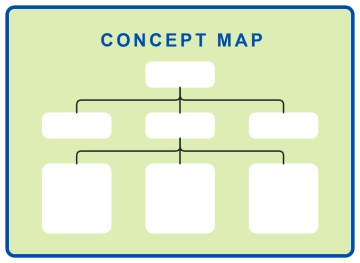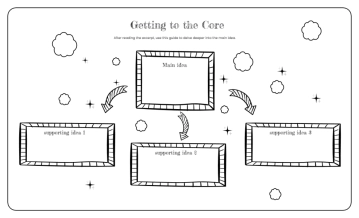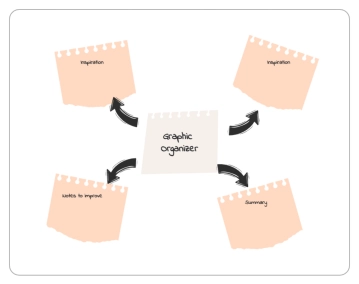Free Strategic Workforce Plan
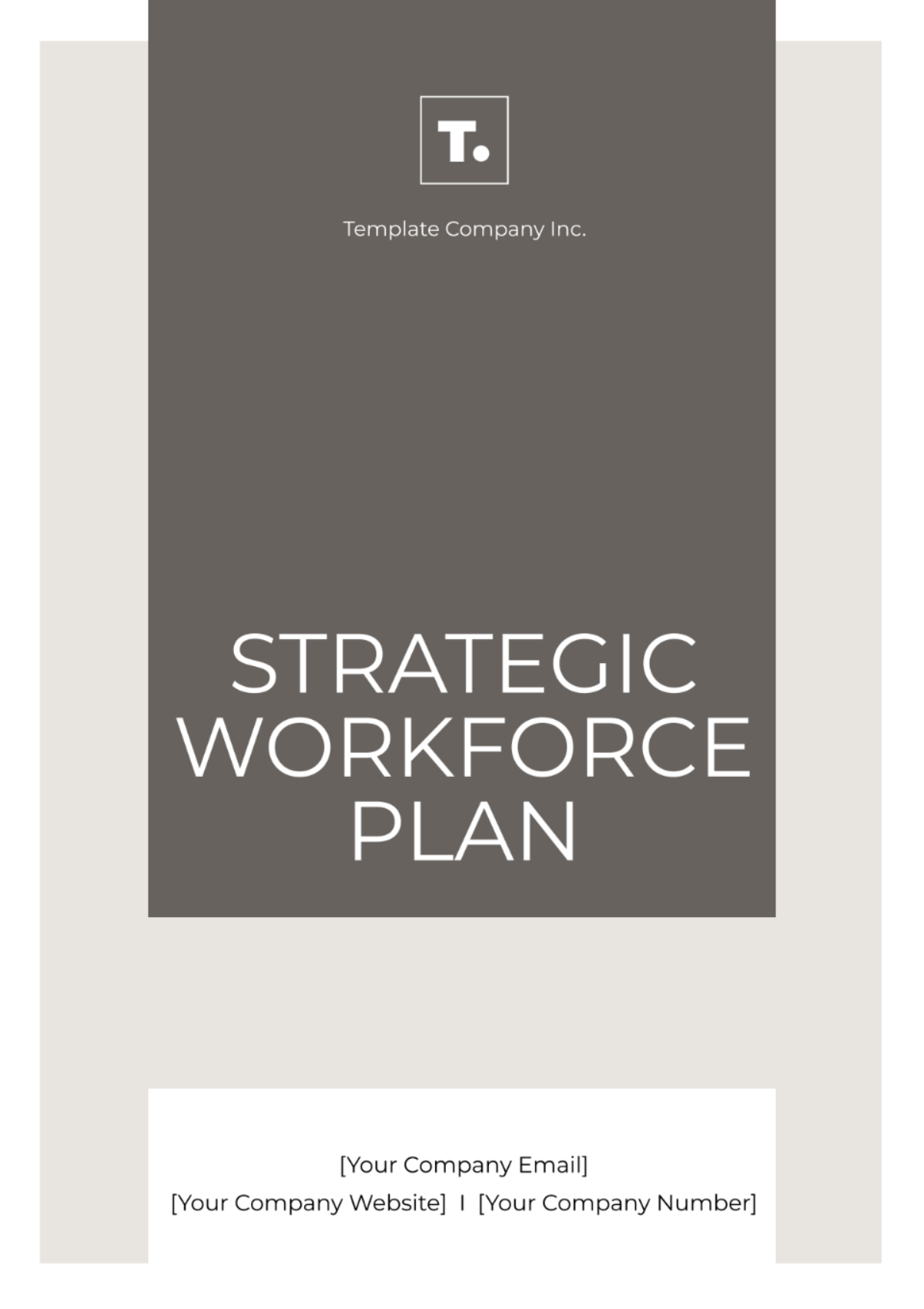
Name | [YOUR NAME] |
|---|---|
Company | [YOUR COMPANY NAME] |
Date | [DATE] |
I. Executive Summary
[YOUR COMPANY NAME]'s Strategic Workforce Plan outlines our approach to optimizing workforce management for achieving organizational goals. Through targeted recruitment, retention initiatives, and talent development, we aim to build a skilled and diverse workforce. Our commitment to diversity and innovation ensures our readiness to adapt and thrive in a dynamic marketplace.
II. Introduction
In today's dynamic business environment, strategic workforce management is paramount to the success of any organization. As we embark on this journey, it's essential to understand the pivotal role that our workforce plays in driving [YOUR COMPANY NAME]'s mission and vision forward.
A. Organizational Overview
[YOUR COMPANY NAME] is a leading technology firm specializing in software development and digital solutions. Our company has grown rapidly, serving clients across various industries with innovative products and services. Our mission is to empower businesses with cutting-edge technology and drive digital transformation in the global marketplace.
B. Purpose and Scope
The purpose of this Strategic Workforce Plan is to align our workforce management practices with [YOUR COMPANY NAME]'s strategic goals and objectives. This plan covers recruitment, retention, training, and development strategies to ensure we have the talent and capabilities needed to drive innovation and sustain long-term growth.
III. Environmental Analysis
The Environmental Analysis assesses internal and external factors that may impact workforce management, including industry trends, market conditions, technological advancements, and regulatory changes.
A. SWOT Analysis
In this subsection, we conduct a SWOT analysis to identify [YOUR COMPANY NAME]'s strengths, weaknesses, opportunities, and threats related to workforce management.
Strengths | Weaknesses |
|---|---|
|
|
Opportunities | Threats |
|---|---|
|
|
B. PESTLE Analysis
Here, we analyze political, economic, social, technological, legal, and environmental factors that may influence [YOUR COMPANY NAME]'s workforce strategy.
Factor | Impact |
|---|---|
Political | Government policies and regulations affecting labor laws and immigration policies |
Economic | Market trends, economic growth, or recession impacting hiring budgets and salary expectations |
Social | Demographic shifts, changing workforce expectations, and cultural influences on workplace dynamics |
Technological | Advancements in automation, AI, and digitalization impacting job roles and skills required |
Legal | Employment laws, health and safety regulations, and compliance requirements |
Environmental | Environmental sustainability initiatives affecting business operations and corporate social responsibility |
IV. Workforce Planning Goals and Objectives
This section outlines specific goals and objectives that the Strategic Workforce Plan aims to achieve, aligning with [YOUR COMPANY NAME]'s strategic priorities.
A. Goal 1: Attracting Top Talent
Develop targeted recruitment strategies to attract high-potential candidates.
Enhance employer branding to position [YOUR COMPANY NAME] as an employer of choice.
Strengthen referral programs to leverage existing employee networks for talent acquisition.
B. Goal 2: Retaining Key Employees
Implement retention initiatives to reduce turnover rates among top performers.
Conduct regular employee engagement surveys to identify areas for improvement.
Provide competitive compensation and benefits packages to enhance employee satisfaction and loyalty.
V. Talent Development and Succession Planning
This section focuses on developing talent pipelines and succession plans to ensure a sustainable workforce for [YOUR COMPANY NAME]'s future needs.
A. Training and Development
Design and deliver training programs to address skill gaps and enhance employee competencies.
Implement mentorship and coaching programs to facilitate knowledge transfer and professional growth.
Establish career development pathways to encourage continuous learning and advancement.
B. Succession Planning
Identify key positions and critical roles within the organization.
Identify high-potential employees and develop individualized development plans.
Ensure seamless leadership transitions through effective succession planning processes.
VI. Diversity, Equity, and Inclusion Initiatives
This section highlights [YOUR COMPANY NAME]'s commitment to fostering a diverse, equitable, and inclusive workplace culture.
A. Diversity Recruitment
Implement diversity-focused recruitment strategies to attract candidates from underrepresented groups.
Partner with diversity-focused organizations and institutions to expand candidate pools.
Provide diversity training and awareness programs for hiring managers and employees.
B. Inclusion Initiatives
Create inclusive policies and practices to promote a sense of belonging among all employees.
Establish employee resource groups to support diverse communities within the organization.
Conduct regular diversity audits to measure progress and identify areas for improvement.
VII. Implementation Plan
The Implementation Plan outlines specific actions, timelines, responsibilities, and resources required to execute the Strategic Workforce Plan effectively.
A. Action Steps
Develop a detailed timeline for each objective, including milestones and deadlines.
Assign responsibilities to relevant stakeholders and establish accountability mechanisms.
Allocate resources, including budget, staff, and technology, to support implementation efforts.
B. Monitoring and Evaluation
Establish key performance indicators (KPIs) to track progress and measure the success of the Strategic Workforce Plan.
Conduct regular reviews and assessments to identify challenges, risks, and opportunities for adjustment.
Adjust strategies and tactics as needed based on feedback and changing business conditions.
VIII. Conclusion
In conclusion, the Strategic Workforce Plan outlined herein lays the foundation for [YOUR COMPANY NAME] to strategically manage its workforce in alignment with organizational goals and objectives. By attracting top talent, retaining key employees, fostering talent development and succession planning, and promoting diversity, equity, and inclusion, we aim to create a dynamic and resilient workforce capable of driving innovation and sustaining long-term success.
- 100% Customizable, free editor
- Access 1 Million+ Templates, photo’s & graphics
- Download or share as a template
- Click and replace photos, graphics, text, backgrounds
- Resize, crop, AI write & more
- Access advanced editor
Elevate your HR strategy with our Strategic Workforce Plan Template from Template.net. This customizable and editable tool empowers you to streamline your workforce management effortlessly. Crafted to suit diverse business needs, this template offers seamless integration with our AI Editor Tool, ensuring precision and efficiency. Optimize your workforce planning process today.
You may also like
- Finance Plan
- Construction Plan
- Sales Plan
- Development Plan
- Career Plan
- Budget Plan
- HR Plan
- Education Plan
- Transition Plan
- Work Plan
- Training Plan
- Communication Plan
- Operation Plan
- Health And Safety Plan
- Strategy Plan
- Professional Development Plan
- Advertising Plan
- Risk Management Plan
- Restaurant Plan
- School Plan
- Nursing Home Patient Care Plan
- Nursing Care Plan
- Plan Event
- Startup Plan
- Social Media Plan
- Staffing Plan
- Annual Plan
- Content Plan
- Payment Plan
- Implementation Plan
- Hotel Plan
- Workout Plan
- Accounting Plan
- Campaign Plan
- Essay Plan
- 30 60 90 Day Plan
- Research Plan
- Recruitment Plan
- 90 Day Plan
- Quarterly Plan
- Emergency Plan
- 5 Year Plan
- Gym Plan
- Personal Plan
- IT and Software Plan
- Treatment Plan
- Real Estate Plan
- Law Firm Plan
- Healthcare Plan
- Improvement Plan
- Media Plan
- 5 Year Business Plan
- Learning Plan
- Marketing Campaign Plan
- Travel Agency Plan
- Cleaning Services Plan
- Interior Design Plan
- Performance Plan
- PR Plan
- Birth Plan
- Life Plan
- SEO Plan
- Disaster Recovery Plan
- Continuity Plan
- Launch Plan
- Legal Plan
- Behavior Plan
- Performance Improvement Plan
- Salon Plan
- Security Plan
- Security Management Plan
- Employee Development Plan
- Quality Plan
- Service Improvement Plan
- Growth Plan
- Incident Response Plan
- Basketball Plan
- Emergency Action Plan
- Product Launch Plan
- Spa Plan
- Employee Training Plan
- Data Analysis Plan
- Employee Action Plan
- Territory Plan
- Audit Plan
- Classroom Plan
- Activity Plan
- Parenting Plan
- Care Plan
- Project Execution Plan
- Exercise Plan
- Internship Plan
- Software Development Plan
- Continuous Improvement Plan
- Leave Plan
- 90 Day Sales Plan
- Advertising Agency Plan
- Employee Transition Plan
- Smart Action Plan
- Workplace Safety Plan
- Behavior Change Plan
- Contingency Plan
- Continuity of Operations Plan
- Health Plan
- Quality Control Plan
- Self Plan
- Sports Development Plan
- Change Management Plan
- Ecommerce Plan
- Personal Financial Plan
- Process Improvement Plan
- 30-60-90 Day Sales Plan
- Crisis Management Plan
- Engagement Plan
- Execution Plan
- Pandemic Plan
- Quality Assurance Plan
- Service Continuity Plan
- Agile Project Plan
- Fundraising Plan
- Job Transition Plan
- Asset Maintenance Plan
- Maintenance Plan
- Software Test Plan
- Staff Training and Development Plan
- 3 Year Plan
- Brand Activation Plan
- Release Plan
- Resource Plan
- Risk Mitigation Plan
- Teacher Plan
- 30 60 90 Day Plan for New Manager
- Food Safety Plan
- Food Truck Plan
- Hiring Plan
- Quality Management Plan
- Wellness Plan
- Behavior Intervention Plan
- Bonus Plan
- Investment Plan
- Maternity Leave Plan
- Pandemic Response Plan
- Succession Planning
- Coaching Plan
- Configuration Management Plan
- Remote Work Plan
- Self Care Plan
- Teaching Plan
- 100-Day Plan
- HACCP Plan
- Student Plan
- Sustainability Plan
- 30 60 90 Day Plan for Interview
- Access Plan
- Site Specific Safety Plan
